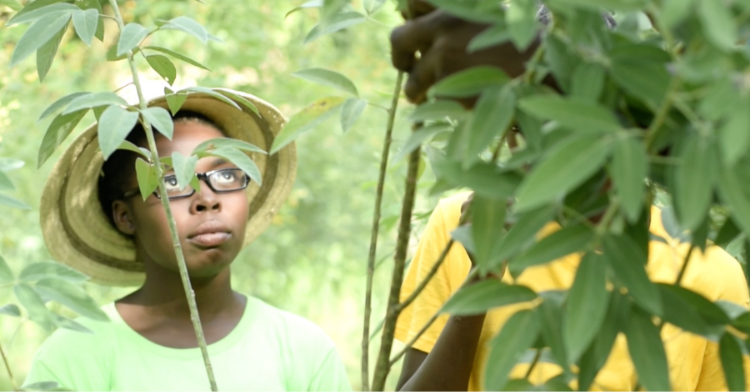Resilience in the Face of Climate Change
- Nadine Dominique

- Apr 5, 2023
- 3 min read
Updated: Aug 29, 2023
I have surveyed the old people of Cap-Rouge –– the mountain community where I live and work in southeastern Haiti –– and no one remembers a drought like this. December through March is supposed to be a rainy season. Instead we have seen only two mid-sized rains since December of last year. This is the first time that the old people here can remember a drought this long.
And now we have entered April and the drought continues.
For household purposes, the people of Cap-Rouge are dependent on their family cisterns for their washing, cleaning, bathing and cooking water. These cisterns were last filled by rains in December, and most are now depleted. Those who can afford it pay motorcycle drivers to fill up 5-gallon jugs at the spring near town but it’s a tremendously inefficient way to get water.
For agricultural use, the people are completely dependent on rain. We normally plant “spring gardens” which we count on for subsistence. These gardens provide a significant portion of what we eat throughout the year. Since the rain has failed, the people have been trying to scrape by on the dew that coats the ground in the mornings. But it’s not nearly enough to sustain a harvest.
The breadfruit and avocado harvests have been suffering especially. And that’s what we live on here. These are the crops that keep us alive. The trees are flowering but the flowers dry out and blow away before they are pollinated.
The only fruits that are still growing right now are the kaymit (star apples) and the seriz (Barbados cherries). The kaymit trees are bending down because they’re so full of fruit but they’re not ripening fast enough. Once in a while we find five or six that are ripe but it’s still not enough. And these are the most drought-resistant fruit trees we have.
The drought in Cap-Rouge is a problem that extends far beyond our area. Because it’s us who supply the food for the cities. I have friends who have children in town, and the kids call their parents to say “Hey we’re hungry, send us food.” But the parents have nothing to send. There’s no beans, no corn, the yams they’re pulling out of the ground are tiny. The people are desperate because everyone’s crops are dead.
Well, almost everyone’s.
The one place that’s still green around here is the regenerative food forest belonging to Sidney Etienne and Yi Liu of the Grown In Haiti project. In contrast to everywhere else, their land is flourishing.





Comments